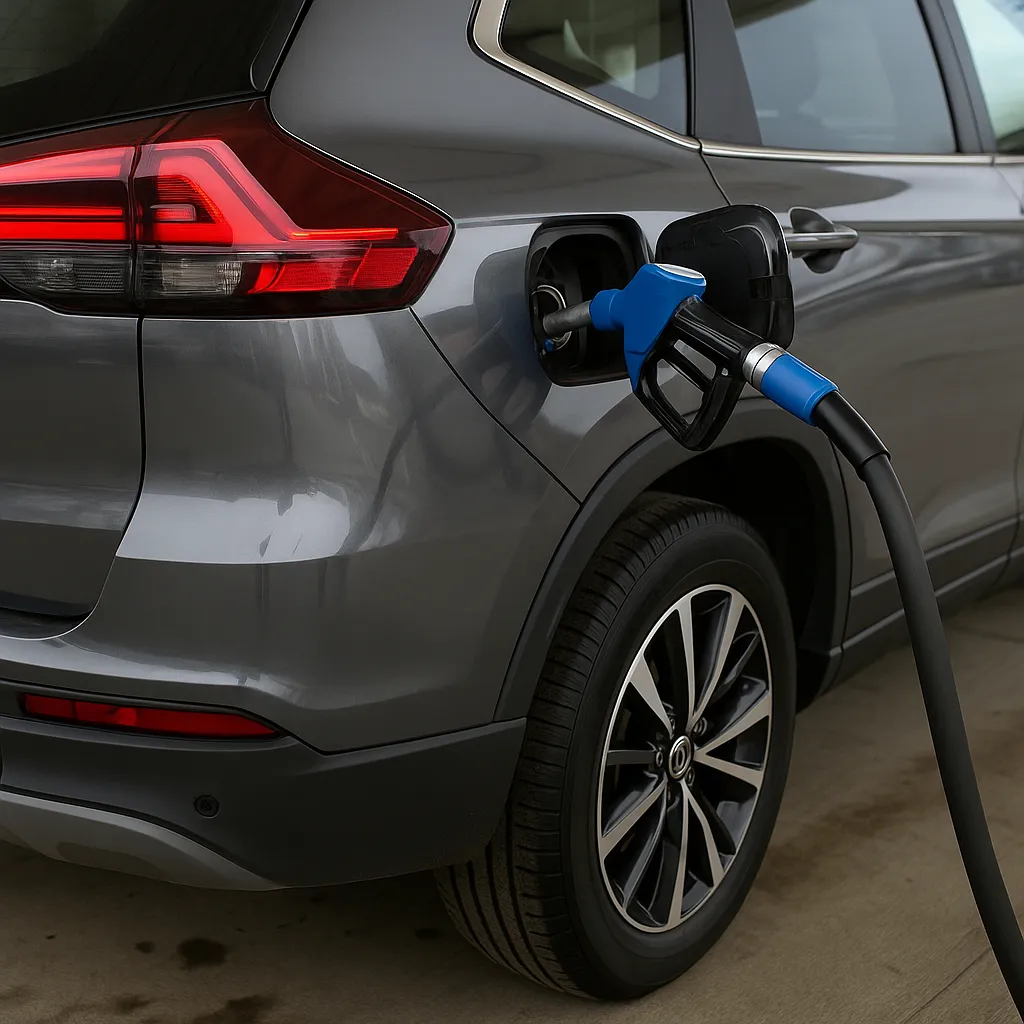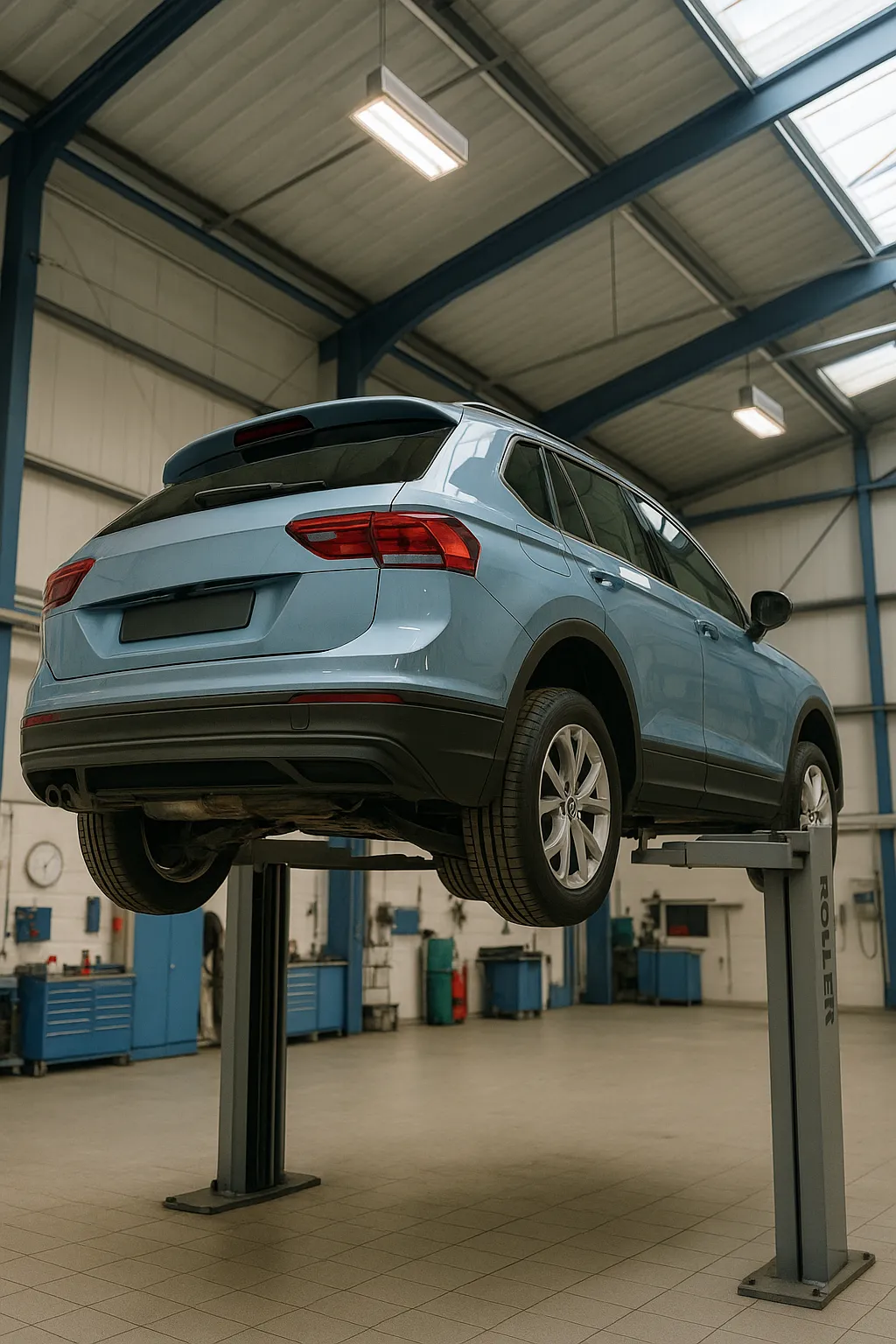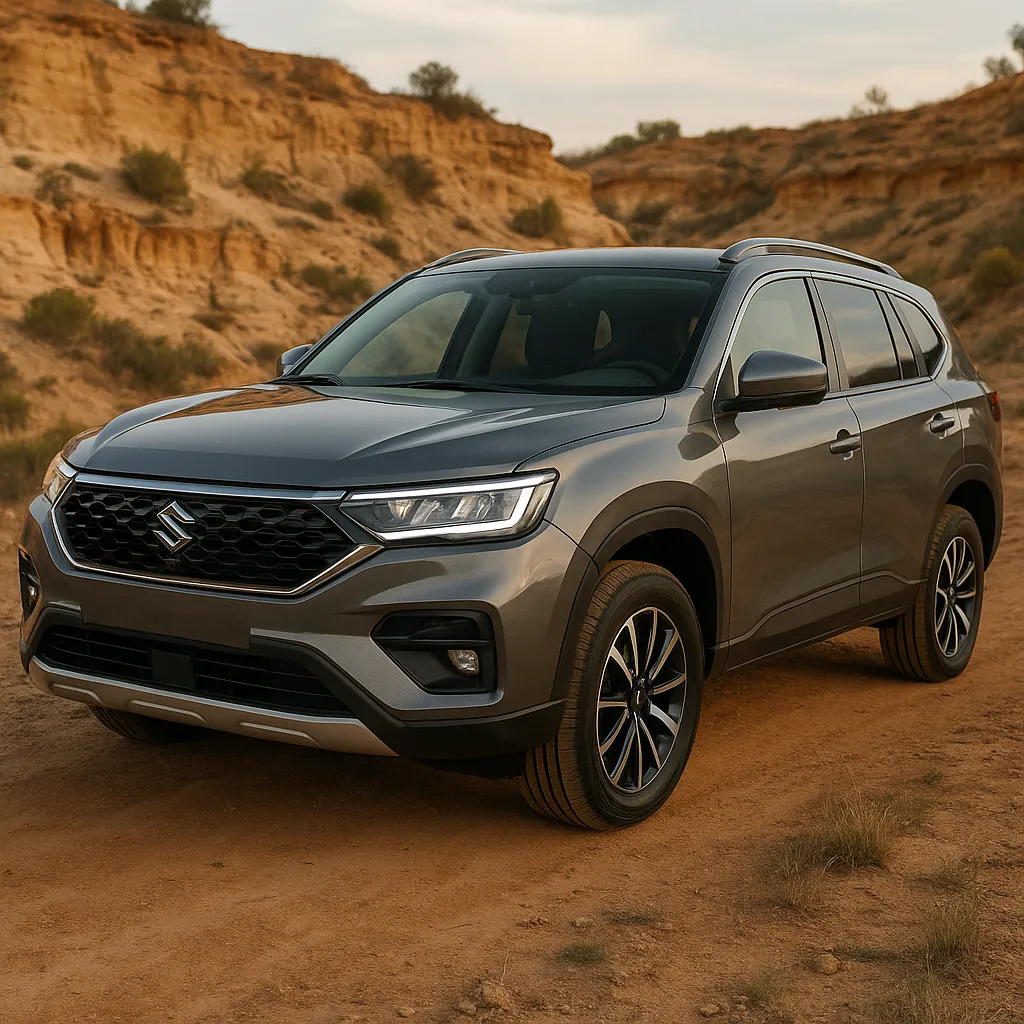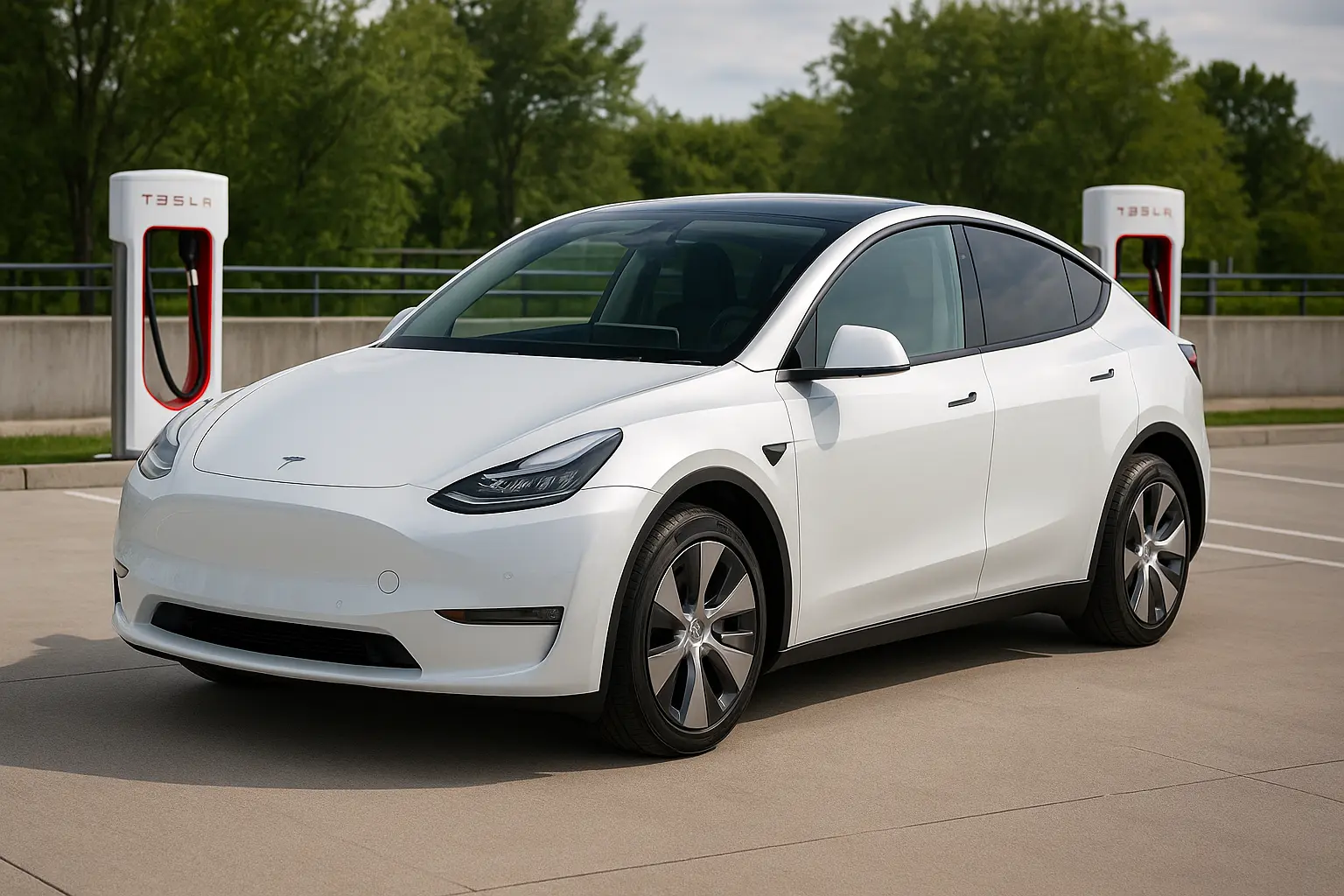With climate change policies tightening globally, 2025 marks a pivotal year for diesel vehicles in Australia. The country is expected to fully adopt Euro 6 diesel emission standards—a long-overdue move that will impact automakers, consumers, and commercial fleets alike. While diesel remains essential in many sectors, particularly in utes, vans, and 4WDs, new regulations aim to reduce the pollutants associated with diesel combustion.
In this guide, we break down:
- What the new emission rules mean
- Which vehicles are affected
- How manufacturers are adapting
- Implications for car buyers and tradies
- Costs, compliance, and maintenance changes
Let’s unpack everything you need to know.

What Are Diesel Emission Standards?
Diesel emission standards define how much nitrogen oxides (NOx), particulate matter (PM), carbon monoxide, and hydrocarbons a diesel vehicle can legally emit. These pollutants are linked to environmental damage and public health issues like respiratory diseases and smog.
Key Pollutants Regulated
- NOx (Nitrogen Oxides): Harmful to lungs, major contributor to smog
- PM (Particulate Matter): Tiny soot particles that cause breathing problems
- CO (Carbon Monoxide): Toxic gas from incomplete combustion
- HC (Hydrocarbons): Precursors to ground-level ozone
These regulations are grouped into standards, and in Australia, we follow the Euro emission system, specifically:
| Standard | Global Term | Australian Name | Year Introduced |
|---|---|---|---|
| Euro 4 | ADR 79/01 | Current for many light vehicles | 2007–2010 |
| Euro 5 | ADR 79/03 | Optional for some diesels | 2016–2020 |
| Euro 6 | ADR 79/04 | Expected national requirement from 2025 |
What Is Euro 6 and Why It Matters?
Euro 6 is a European emission standard that drastically cuts down NOx and PM limits. It was introduced in Europe in 2014 and has been the gold standard for clean diesel tech ever since.
Euro 6 Diesel Standards vs Euro 5
| Pollutant | Euro 5 Limit | Euro 6 Limit | Reduction |
|---|---|---|---|
| NOx (g/km) | 0.180 | 0.080 | ~56% |
| PM (g/km) | 0.005 | 0.005 | Same, but stricter testing |
| Total HC (g/km) | 0.230 | 0.170 | ~26% |
Australia’s 2025 Mandate
The Australian Government has committed to implementing Euro 6d-TEMP or Euro 6d (the most current forms), starting December 2025 for new light vehicle sales. This aligns us with international markets and prepares the country for stricter future CO2 targets.
Which Vehicles Are Affected?
The standards primarily target new diesel passenger cars and light commercial vehicles (LCVs) sold from 2025 onwards. This includes:
- Utes (Toyota HiLux, Ford Ranger, Isuzu D-MAX)
- Vans (Toyota HiAce, Hyundai Staria Load, LDV Deliver 9)
- Diesel SUVs (LandCruiser, Prado, Everest, Pajero Sport)
- Fleet and tradie vehicles
Older models on the road won’t be banned but may face:
- Registration surcharges in future
- Limited access to city centres (as seen overseas)
- Depreciation of value
How Automakers Are Adapting
Manufacturers have already started future-proofing their diesel vehicles for Euro 6 compliance. Brands like Toyota, Ford, Isuzu, Mitsubishi, and Hyundai are either offering Euro 6-ready vehicles or phasing out diesel altogether in favour of hybrid or plug-in options.
Examples of Euro 6 Compliant Diesels
- Ford Ranger (Next-Gen) – meets Euro 6 with AdBlue
- Isuzu D-MAX MY25 – Euro 6d-TEMP variant expected
- Toyota LandCruiser 300 – likely to be Euro 6d ready by late 2025
Technologies Being Added
- AdBlue (SCR systems): Converts NOx into nitrogen and water using urea injection
- DPF (Diesel Particulate Filter): Captures PM before emission
- EGR (Exhaust Gas Recirculation): Reduces NOx at combustion
What Is AdBlue and Why It’s Critical?
AdBlue is a urea-based additive essential for Euro 6 diesel engines using Selective Catalytic Reduction (SCR) systems. It helps convert NOx into harmless nitrogen and water.
Key Points:
- You’ll need to refill AdBlue regularly (every ~5,000–15,000 km depending on driving)
- Running out of AdBlue can disable your vehicle from restarting
- Available at most service stations in bulk or bottles
Impact on Car Buyers in 2025
✔️ What This Means for New Diesel Buyers
- Expect slightly higher upfront costs due to emissions equipment
- Reduced emissions mean better resale value in the long run
- You may need to adjust maintenance routines (AdBlue, DPF)
🚫 Risks for Buying Non-Euro 6 Diesel
- Older models may depreciate faster post-2025
- Could face restrictions in major Australian cities (following global trends)
- May be harder to insure or finance in future
Tradies & Commercial Fleets: Should You Worry?
Yes and no.
👍 Upside
- Cleaner engines may be subsidised or incentivised by government programs
- Long-term operational cost savings from cleaner tech
- Better compatibility with low-emission work zones
👎 Challenges
- Additional cost for AdBlue and emissions maintenance
- Downtime if DPF or SCR systems malfunction
- Euro 6 diesel utes may be in short supply during transition phase
How Will Diesel Maintenance Change?
With Euro 6, diesel maintenance becomes more technical. While core engine servicing remains similar, emissions systems add complexity.
Key Maintenance Considerations:
- AdBlue System Checks – keep it topped up and inspect injectors
- DPF Regeneration – ensure full drive cycles to clear soot
- Sensor Health – Euro 6 systems rely on NOx, oxygen, and temp sensors
Mechanics will need training and diagnostic tools to service these newer systems efficiently.
Diesel Alternatives in 2025
As emissions rules tighten, diesel’s dominance is challenged by new tech.
Best Alternatives:
- Turbo Petrol Utes – eg. Ford Ranger 2.3L EcoBoost
- Hybrid 4x4s – eg. Toyota LandCruiser 300 hybrid (expected soon)
- Plug-in Vans – eg. LDV eDeliver 7
- EV Utes – eg. Rivian R1T and Ford F-150 Lightning (not yet in Oz, but coming)
While diesel won’t disappear overnight, expect slow phase-outs in city-focused models by 2026–2030.
Government Policies and Support
Australia’s National Vehicle Emissions Standards (NVES) program is aligning with Euro 6 to:
- Reduce pollution by 60–90%
- Encourage greener vehicles
- Introduce CO2 fleet average targets in the future
Expect:
- Potential incentives for low-emission commercial vehicles
- Grants for fleet upgrades
- Stricter enforcement on vehicle imports post-2025
Tips for Diesel Car Buyers in 2025
✅ Do:
- Look for models clearly marked as “Euro 6 compliant”
- Understand the role of AdBlue and DPFs
- Ensure your workshop supports diesel emissions tech
- Plan long drives to regenerate DPF if city driving is common
🚫 Don’t:
- Buy outdated diesel models without emissions upgrades
- Ignore AdBlue refills — your car may not run
- Overlook emissions warranty and service plan details

Conclusion: Is Diesel Still Worth It in 2025?
If you’re a tradie, off-roader, or tow a caravan, diesel remains a great option—but only if you go Euro 6 compliant. While petrol, hybrid, and electric options are catching up fast, diesel’s torque, economy, and durability still hold value for Australians—just under tighter environmental scrutiny.
By staying informed and choosing compliant models, you can enjoy diesel’s benefits without getting caught on the wrong side of Australia’s evolving emissions laws.
Leave a comment
Your email address will not be published. Required fields are marked *




















